The Future of Coffee & Drinks: Sustainability, Innovation, and Personalization
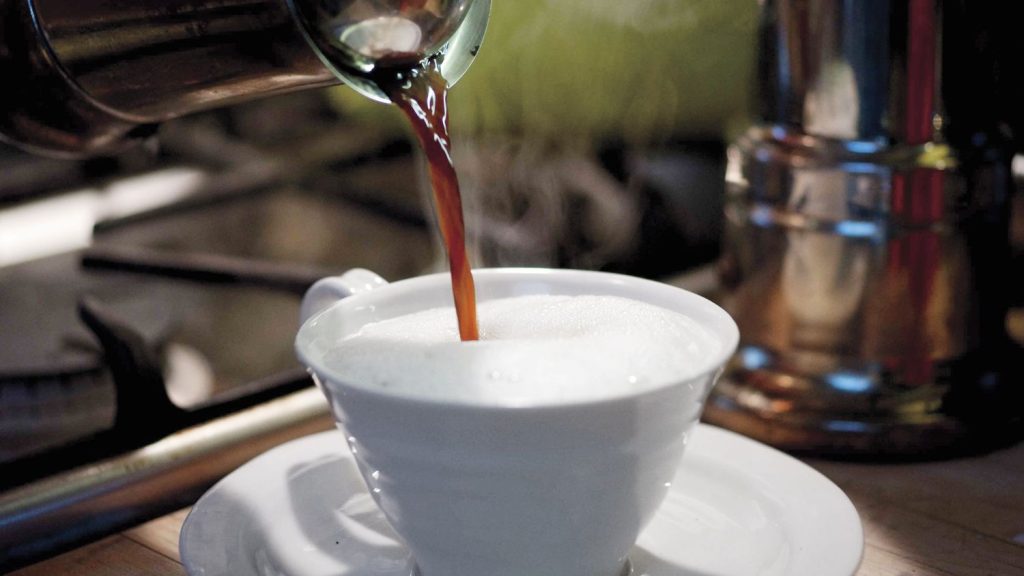
Coffee & Drinks: A Global Culture in Every Sip
Coffee and drinks hold an unparalleled place in modern life. Whether it’s the morning ritual of brewing a perfect cup of coffee or the indulgence in an artisanal cocktail at a social gathering, beverages are woven into the fabric of our daily existence. These drinks, ranging from the humble cup of joe to intricate cocktails and refreshing mocktails, are more than mere refreshment; they are markers of culture, comfort, and creativity. To explore coffee and drinks is to dive into the realms of history, artistry, and global connection—one sip at a time.
Coffee: A Global Tradition, A Personal Ritual
Coffee, arguably the world’s most beloved beverage, has a story that spans centuries and continents. Its roots trace back to the ancient coffee forests of Ethiopia, where legend has it that a goat herder named Kaldi discovered the energizing effects of coffee beans after noticing his goats frolicking energetically after eating the berries. From these humble beginnings, coffee spread across the Arab world, finding a home in places like Yemen, where the beans were first roasted and brewed into the drink we know today.
By the 16th century, coffee had made its way to the coffeehouses of the Ottoman Empire and beyond. In Europe, coffee became synonymous with intellectual exchange, particularly in the grand coffeehouses of London, Paris, and Vienna. These cafés became hubs for art, politics, and literature—places where ideas percolated just as fervently as the coffee itself. The term “coffeehouse culture” still evokes an image of lively debates, soft murmurs of conversation, and the clinking of cups.
In the modern world, coffee has evolved into something far beyond a functional drink. It’s a global cultural icon, embodying everything from the fast-paced demands of urban life to the leisurely enjoyment of a quiet morning. In Italy, coffee is an art form. The perfect espresso is a point of pride, its rich crema topping a shot of dark, robust coffee that delivers an intense burst of flavor in mere moments. Meanwhile, in Scandinavian countries, coffee drinking is a deeply ingrained social ritual, with mid-morning coffee breaks—known as fika in Sweden—offering a pause in the day for reflection, conversation, and a slice of cake.
The variety of coffee available today is a testament to its cultural significance. The range from the complex pour-over to the creamy, indulgent latte offers a multitude of experiences. Specialty coffee shops now serve up a vast array of flavors and brewing techniques, from cold brews that chill the senses to single-origin beans that transport drinkers to the faraway lands of Colombia or Ethiopia. Every cup of coffee tells a story—of where it was grown, how it was harvested, and the careful craftsmanship that went into brewing it.
Coffee: An Evolution of Techniques and Tastes
One of the most compelling aspects of coffee is its versatility. The methods used to prepare coffee have evolved considerably over time. In its simplest form, a French press or a pour-over method can produce a clean, full-bodied cup, while an espresso machine offers a concentrated shot of coffee, perfect for a café-style cappuccino or macchiato. Each method, each region, and each barista has their own distinctive touch that makes the experience unique.
The global coffee scene has seen a surge in third-wave coffee, a movement that focuses on the artistry and intricacies of coffee making. Third-wave coffee roasters, typically small, independent businesses, are dedicated to sourcing the finest beans directly from farmers, often emphasizing fair trade and sustainable practices. These roasters are constantly experimenting with new brewing methods, from the precision of pour-over coffee to the cold brew craze that has swept the world. Cold brew, known for its smooth, rich flavor, has brought coffee drinkers a new way to enjoy their beloved brew—served over ice and often sweetened with a dash of vanilla or milk.
Equally important are the growing innovations in plant-based milk alternatives, which have radically shifted how coffee is consumed. Almond, oat, and soy milk have become staples in many coffeehouses, giving rise to new combinations like the oat milk flat white. These alternatives provide texture and flavor profiles that pair beautifully with the natural bitterness of coffee, enhancing the drink in a way that milk alone cannot. This evolution in coffee culture has made the drink more inclusive, catering to diverse dietary needs and preferences.
Beyond Coffee: The Allure of Other Drinks
While coffee often takes center stage, the world of drinks is vast and varied, with endless possibilities for flavor exploration. Alcoholic beverages, ranging from simple cocktails to elaborate mixed drinks, provide a creative outlet for bartenders and mixologists. The crafting of a cocktail is as much an art as it is a science, with flavors, aromas, textures, and even color playing a role in creating an unforgettable drinking experience.
The modern cocktail scene is rich in innovation. Classic concoctions like the Martini, Old Fashioned, and Mojito have been reimagined by creative bartenders who experiment with unexpected ingredients. Think bourbon and smoked peach, gin infused with botanicals, or tequila paired with spicy citrus. The result is a thrilling range of drinks that cater to every palate, from the traditionalist to the adventurer.
The craft cocktail movement, which began in the early 2000s, has transformed the way we think about drinks. Instead of pre-mixed cocktails served in mass-market bars, today’s discerning drinker can expect cocktails made from freshly squeezed juices, high-quality spirits, and homemade syrups, often paired with artisanal garnishes like rosemary sprigs, lavender, or even edible flowers. The emphasis is on quality, balance, and originality.
Alongside alcoholic beverages, there has been a marked rise in the popularity of non-alcoholic drinks, particularly in response to growing health-consciousness and an increasing desire for mindful drinking. Mocktails—alcohol-free cocktails that offer the same complexity and visual appeal as their spirited counterparts—are now a fixture in upscale bars and restaurants. These drinks are not just for designated drivers or non-drinkers but appeal to anyone seeking a flavorful yet alcohol-free option. From sparkling waters infused with botanicals to inventive mocktails made with seed lip (a distilled non-alcoholic spirit), the non-alcoholic drink scene has expanded dramatically.
Moreover, the world of tea has also experienced a renaissance. Once confined to traditional tea bags, tea is now offered in loose-leaf varieties, with specialized tea sommeliers curating selections based on the season and desired flavor profiles. The appeal of tea lies in its diversity, offering everything from the delicate, floral notes of a white tea to the robust, smoky flavor of a traditional Earl Grey. Tea ceremonies, particularly in Japan, remain an intricate part of culture, emphasizing mindfulness, preparation, and appreciation for the moment.
The Ritual of Drinks: Connecting People, Moments, and Memories
Coffee and drinks are never just about the beverage itself—they are an essential part of rituals that connect people and define moments. Think of the simple joy of sipping coffee with a loved one on a quiet morning, the celebratory clink of glasses to mark a milestone, or the calm serenity that comes from a solitary cup of tea during a hectic afternoon.
In many ways, drinks are integral to the way we interact with each other. Coffee dates, cocktail hours, and tea parties all serve as settings for conversation and connection. The act of sharing a drink elevates social interaction, providing a common ground where people come together to discuss ideas, celebrate life, or simply enjoy each other’s company. Whether it’s the social vibrancy of a bar or the quiet intimacy of a café, drinks are the thread that often weaves the fabric of human connection.
Looking ahead, the world of coffee and drinks is poised for continued growth and transformation. Sustainability will undoubtedly remain at the forefront, with more companies focusing on ethical sourcing, environmental impact, and reducing waste. For example, coffee farmers are increasingly adopting regenerative agriculture practices, and beverage companies are exploring alternatives to single-use plastic straws and cups.
Technological innovations are also changing the way we consume drinks. Coffee machines are becoming smarter, using AI to adjust brewing techniques based on individual preferences. The rise of virtual bartenders and automated drink-making systems is reshaping the experience of enjoying cocktails, offering personalized drinks with the touch of a button.
Ultimately, whether it’s the timeless allure of coffee or the creativity of cocktails and mocktails, drinks will continue to play a central role in shaping culture, conversation, and connection. From the smallest sips to the most elaborate pours, the world of coffee and drinks remains a dynamic and ever-evolving reflection of human creativity and community.


 Try Reducing Your Coffee Drinking to Quit Smoking Easier
Try Reducing Your Coffee Drinking to Quit Smoking Easier  Practicing Responsible Coffee Consuming
Practicing Responsible Coffee Consuming 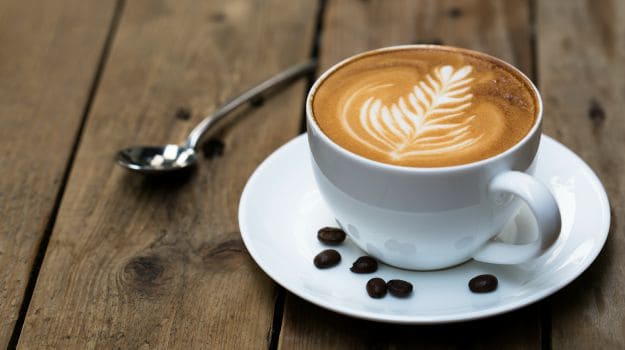 Amaretto Number of Coffee Consuming Recipes
Amaretto Number of Coffee Consuming Recipes  Flavored Coffee Drinks Beat the Summer time Heat
Flavored Coffee Drinks Beat the Summer time Heat 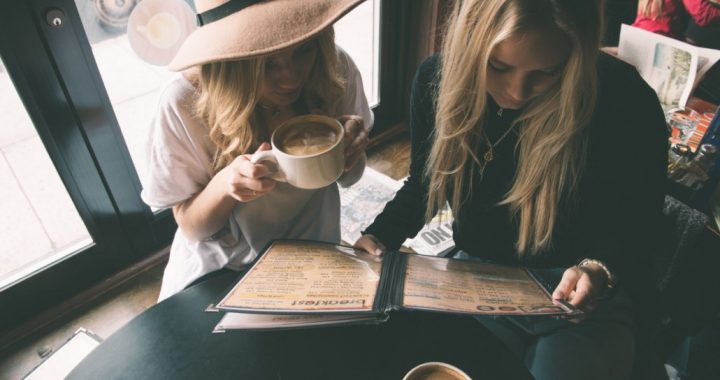 Coffee Consuming Proven to Naturally Prevent Diabetes
Coffee Consuming Proven to Naturally Prevent Diabetes 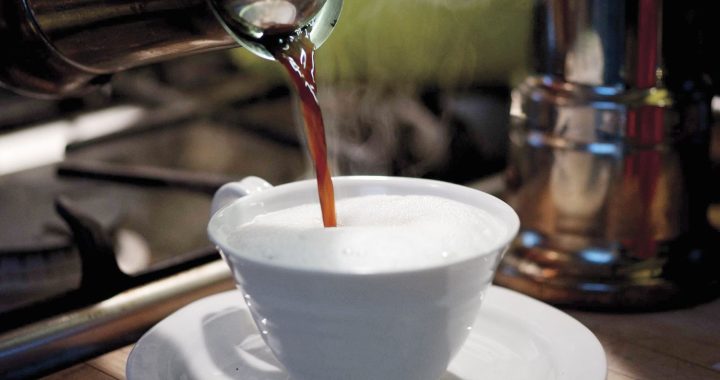 The Future of Coffee & Drinks: Sustainability, Innovation, and Personalization
The Future of Coffee & Drinks: Sustainability, Innovation, and Personalization 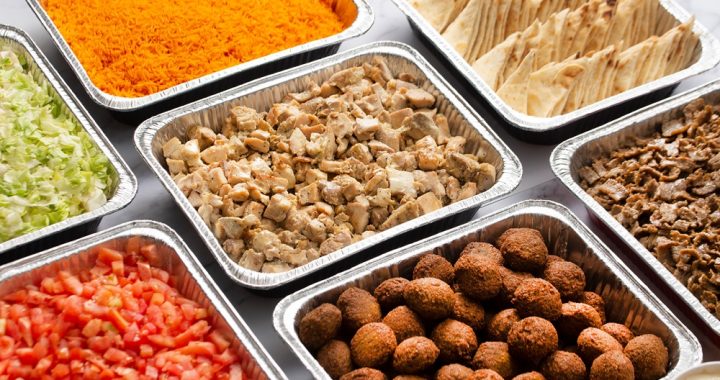 The Art of Catering: A Fusion of Flavor, Service, and Experience
The Art of Catering: A Fusion of Flavor, Service, and Experience 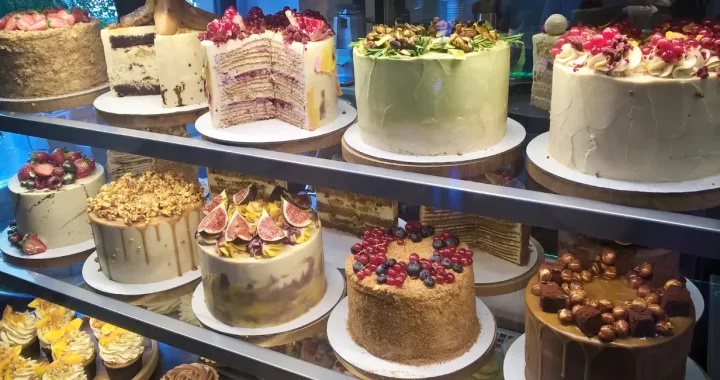 The Art and Craft of Bakeries and Cakes: A Journey of Flavor, Tradition, and Innovation
The Art and Craft of Bakeries and Cakes: A Journey of Flavor, Tradition, and Innovation 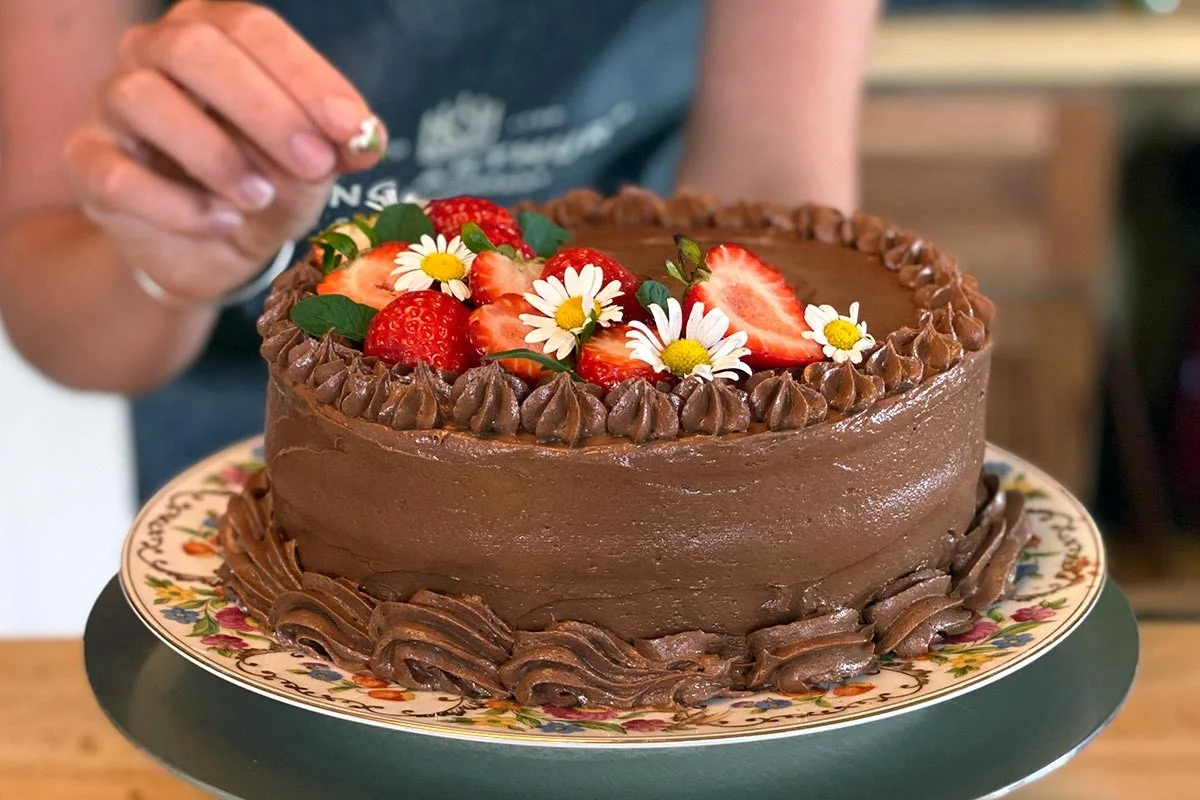 Delightfully Decorate Your Desserts with Edible Flowers for Cake: The Ultimate Guide
Delightfully Decorate Your Desserts with Edible Flowers for Cake: The Ultimate Guide